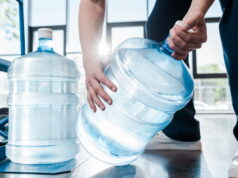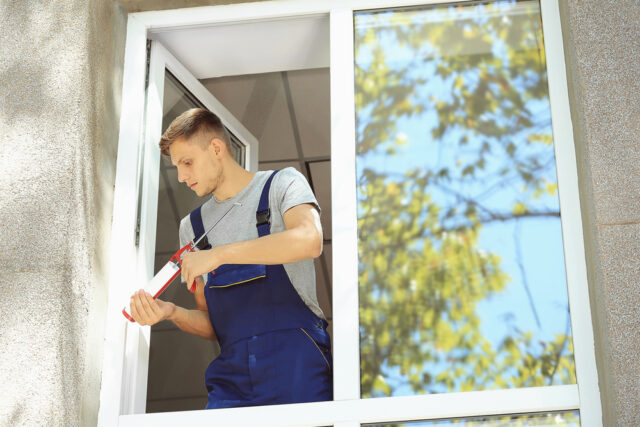
Windows are a key factor in the design of any home or apartment. Not only do they play a huge role in determining the amount of natural light that gets in, but they also facilitate sufficient airflow.
It’s for this reason that many builders and new homeowners opt to enlist the services of experts to do the caulking Melbourne homes require. But what exactly is caulking and is it really necessary? If you’ve asked this question, this post is for you!
What is Window Caulking?
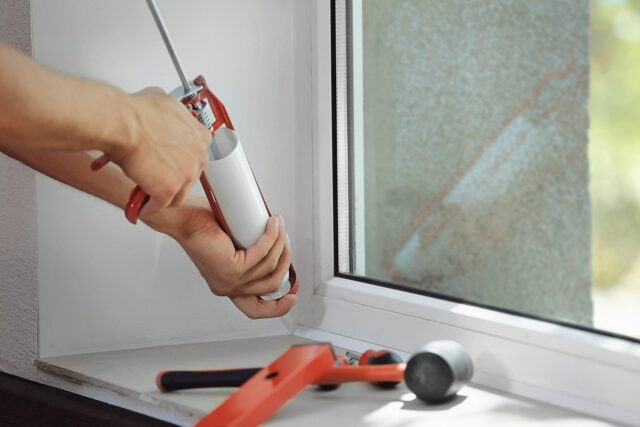
Simply put, caulking is a necessary process that insulates windows, cracks and even doors from excessive airflow. In the case of window caulking, the process involves sealing windows with a flexible material—similar to silicone—to prevent air from leaking into or out of the gaps in the window frame.
How is Window Caulking Done?
Essentially, caulking is done using a tube-like pistol with a pointed end. The caulking agent is then placed into the pistol and squeezed into the space between the window frame and the wall, creating a neat, seamless seal. Opting for quality materials will ensure that your caulking is also waterproof.
Do All Windows Need Caulking?
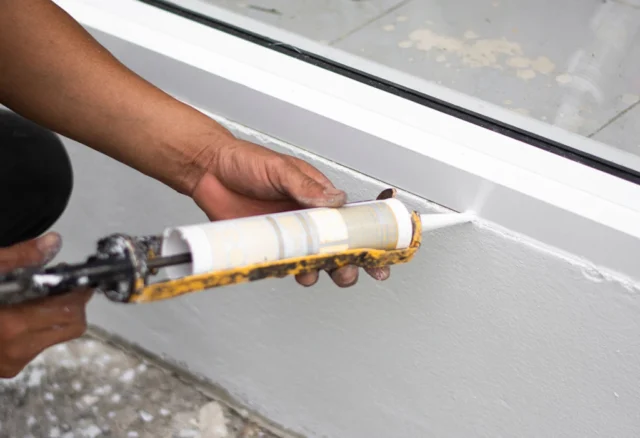
This is a common question asked by new homeowners who are building or renovating their own homes. The answer is always YES! Essentially, any window that connects the interior of your home to the outside elements requires caulking. This is because warm air escapes in the winter, leaving the home cold. Also, moisture in the air outside can enter through the gaps between your window frame and the wall and result in mould.
How Often Should Caulking be Done?
Despite being a considerably tough sealant, caulking doesn’t last forever. Experts recommend that caulking be redone after 3 to 5 years, depending on the area where you live, and the amount of moisture your home is exposed to.
It’s a good idea to check your home’s caulking every year to ensure that some areas have not become dry or shrunk due to continued exposure. Signs that indicate caulking may need to be redone include:
- Current caulking is dry and cracked
- Increase in insects in the home (they’re coming in through the new gaps)
- There is a draft in the house when the doors are closed
The 5 Top Benefits of Caulking Your Windows

Several benefits will emphasise the importance of getting window caulking done sooner rather than later! Let’s take a look at a few of the most significant.
1. Prevents Mould
There’s nothing mould spores love more than humid conditions. Having cracks, gaps or even the slightest openings in your window frames will provide the perfect breeding ground for these spores. This usually happens more often in areas where temperatures fluctuate regularly, creating humidity.
Simply redo the caulking in the gap between the frame and the wall as well as the windowsill and the various joints separating the wall from the door frame or ceiling. This will go a long way to prevent mould spores.
2. Provides Improved Indoor Air Quality
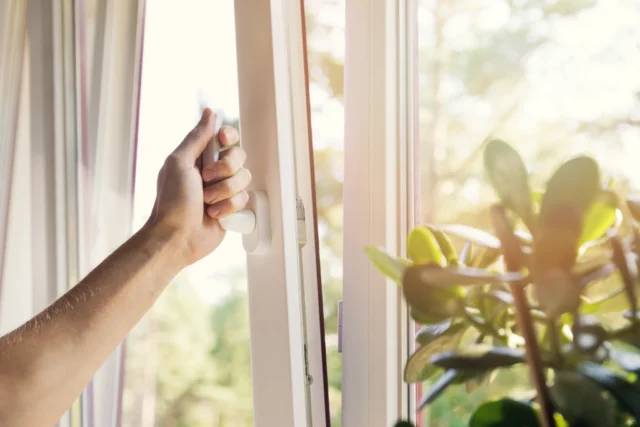
Caulking the gaps around windows can also deter the entrance of pollen, dust and other allergens that are the main asthma-causing culprits. Since caulking is a sealant, it serves as an excellent way to prevent any harmful toxins such as carbon monoxide from entering the home. All these factors contribute to better indoor air quality.
3. Keeps Summer Rain Out
After the first summer rains, you’ll know soon enough where all the gaps in your house are! Not only does excessive and continuous moisture lead to the forming of mould and mildew, but moisture can also damage paint, curtains and blinds and any furniture standing in front of the window.
4. Boosts Energy Efficiency
When your home has gaps between the windows and doors, cold air seeps in during the winter months. The opposite is true in the warmer months. This can create a need for constant electrical heating or air conditioning to be switched on. All this often creates exorbitant energy bills!
Since caulking is used as an insulator, it’s an excellent way to keep air from escaping or coming in at the wrong times. This reduces the need for constant heating or cooling in your home. Not needing the aircon on 24/7 creates an opportunity to save money and it makes your home more energy efficient!
5. Add to the Value of Your Home

If you’re looking to sell your current home at any time, then caulking should definitely be added to your home spruce-up checklist.
Homes where caulking has been done tend to have stronger structural stability. This is because humidity and moisture haven’t damaged the wood or metal components of your home. There’s also no peeling paint and mould stains. All of this makes the home more attractive to potential buyers.
Final Thoughts
Whether you’re building a new home, or simply doing your annual DIY maintenance and repairs, caulking should always be on the to-do list. Ensure that you check windows and doors to reduce humidity and regulate airflow. Doing this will create a much healthier indoor environment!


